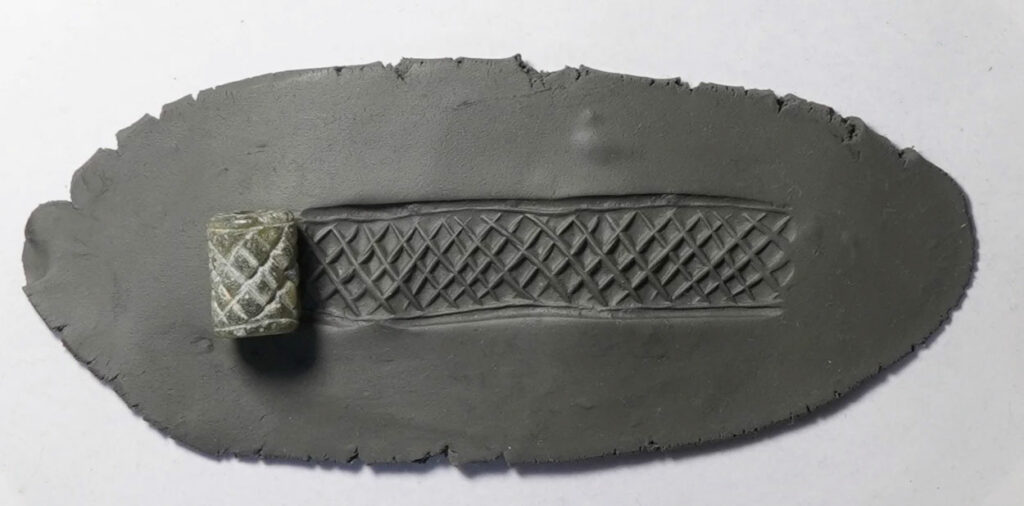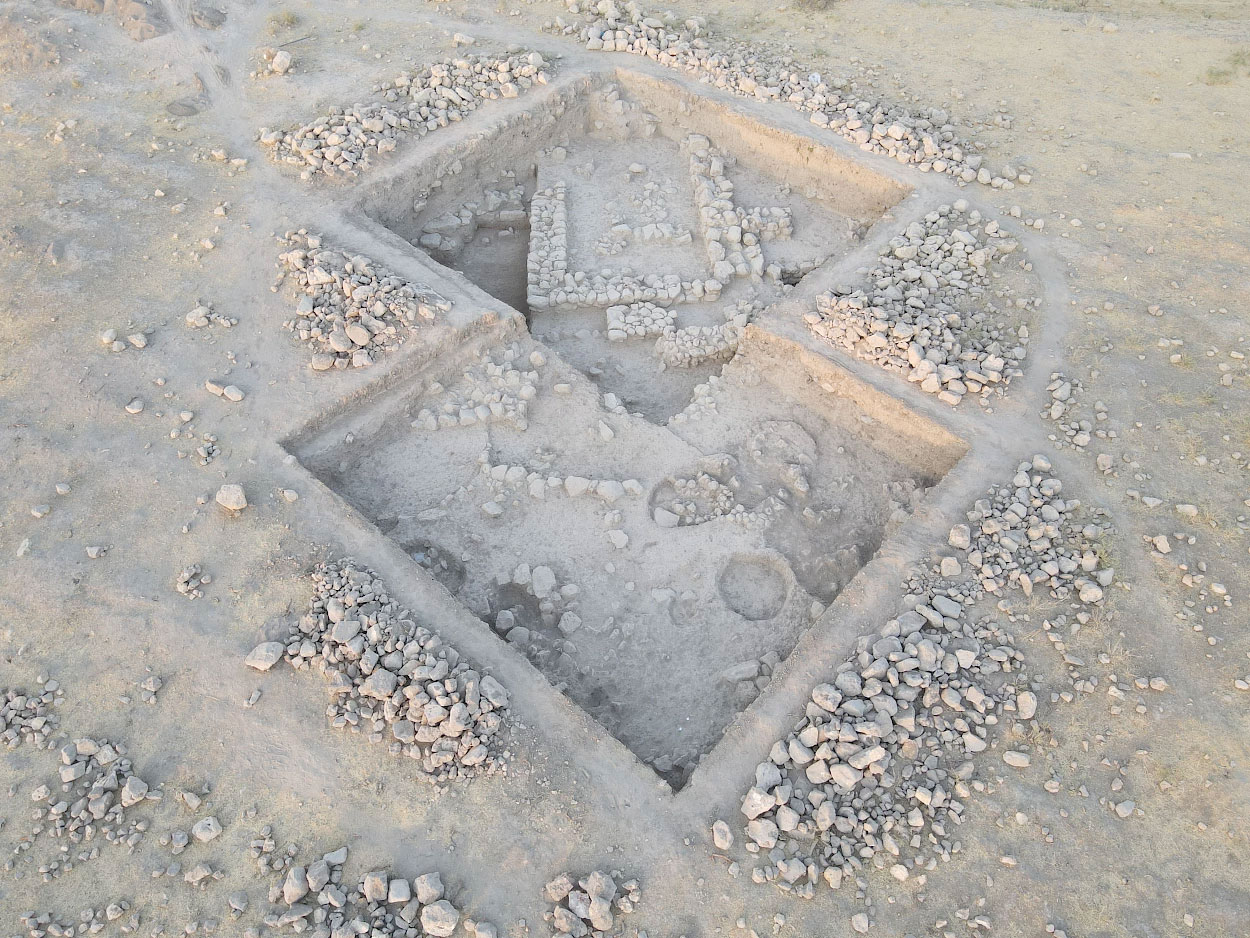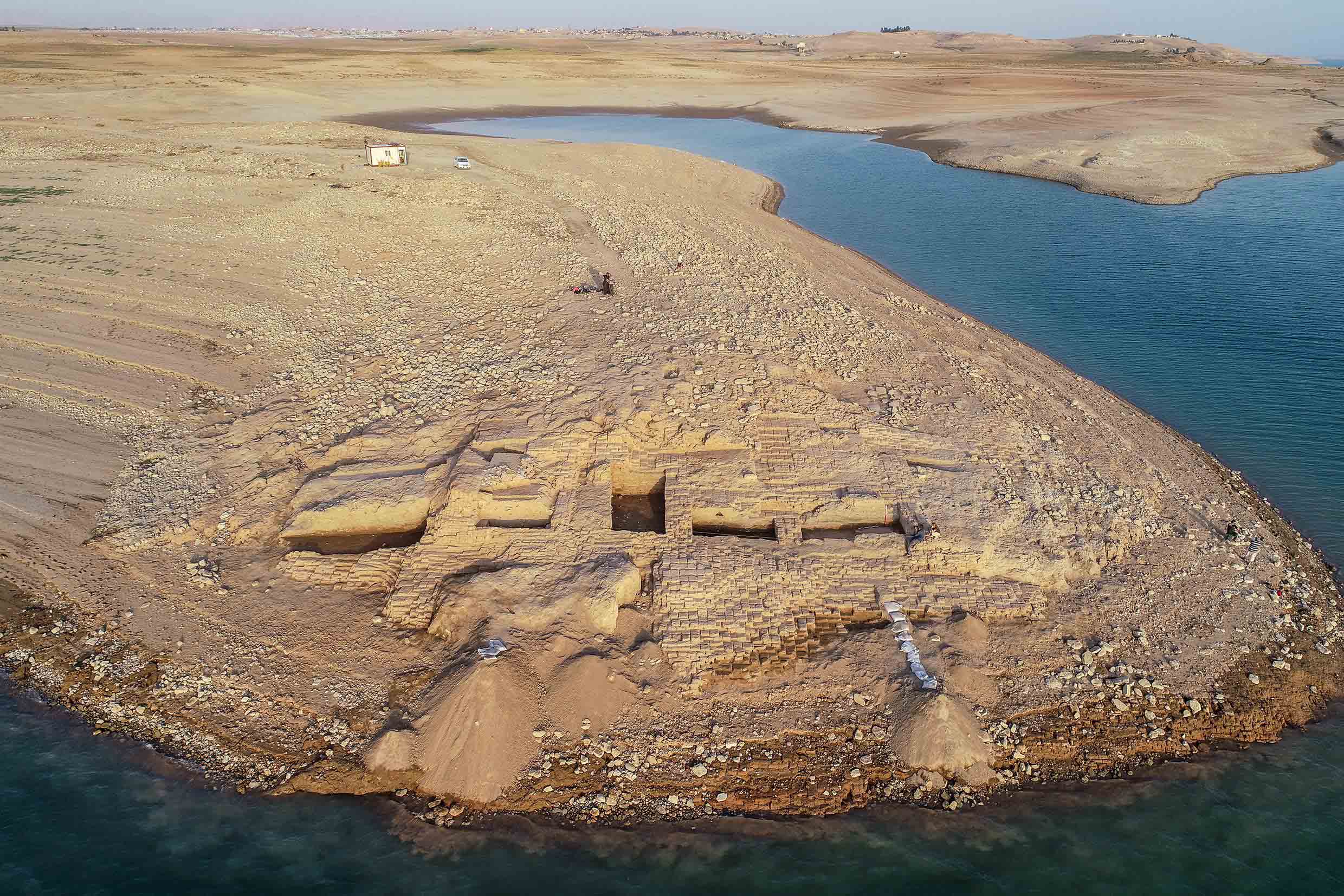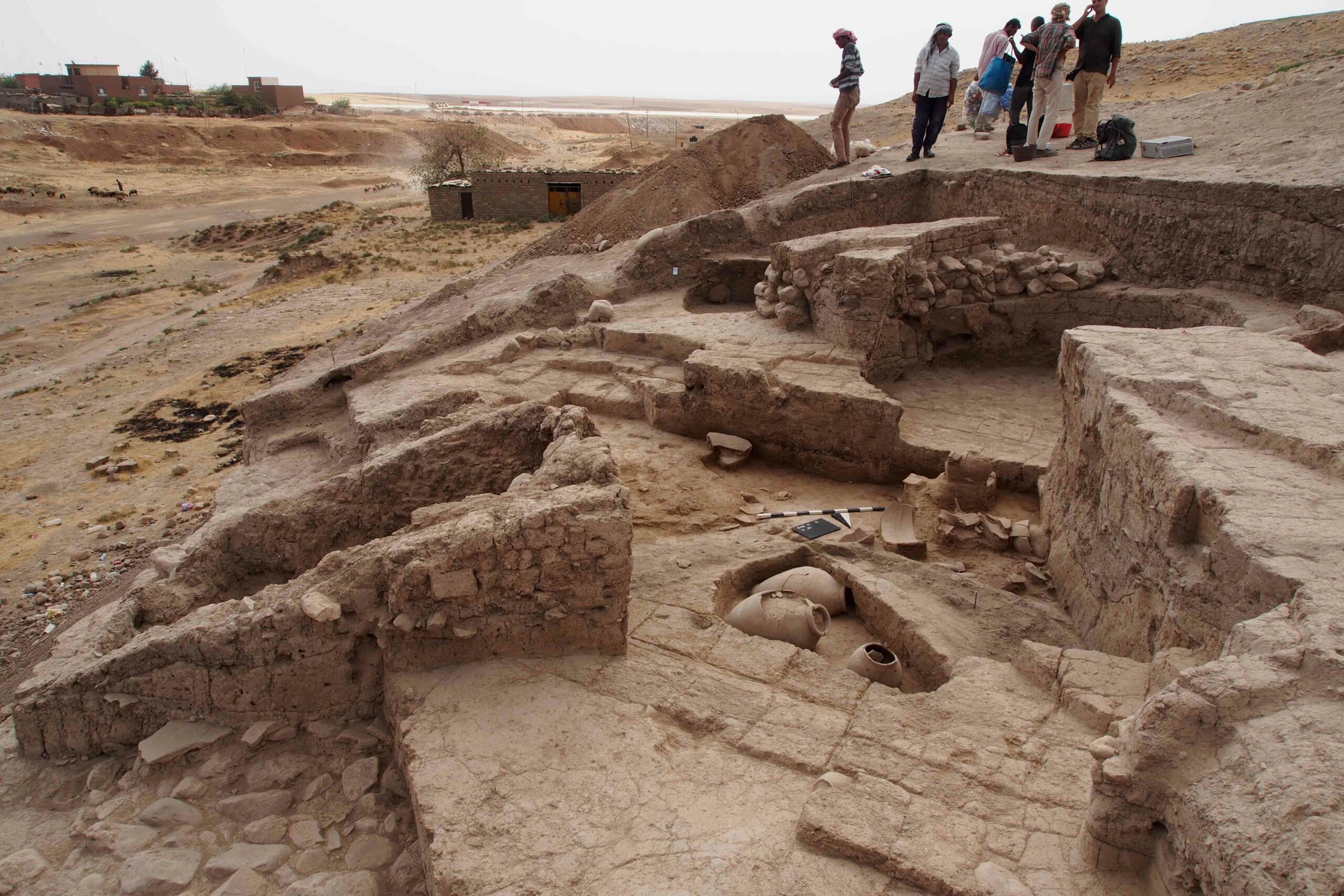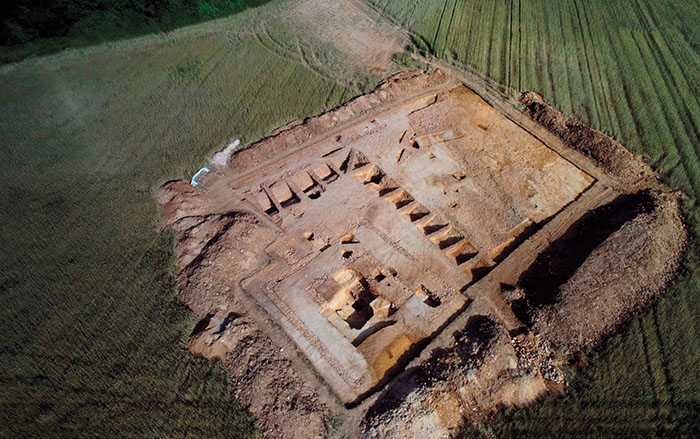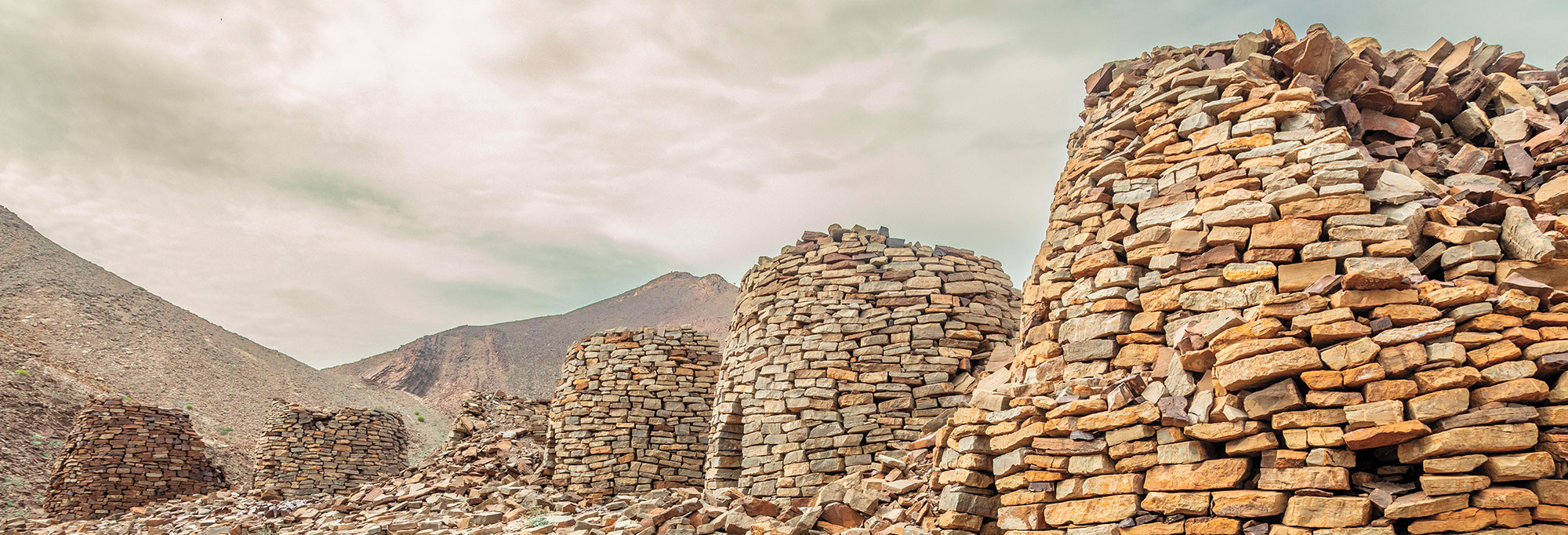
KURDISTAN, IRAQ—Traces of a monumental building thought to be at least 5,000 years old have been discovered at the Kani Shaie archaeological site, which is located in the foothills of the Zagros Mountains in northern Iraq, according to a statement released by the University of Coimbra. Researchers from the University of Coimbra, the University of Algarve, the University of Cambridge, and the Slemani Antiquities and Heritage Directorate think that the building may have been used as a temple. They note that it was decorated with wall cones, which are typically found in monumental architecture in Uruk, an early Sumerian metropolis in southern Mesopotamia where as many as 40,000 people lived around 3300 to 3100 B.C. A fragment of a gold pendant and a cylinder seal dated to this period were also uncovered at the building site. “If the monumental nature of this building is confirmed—which we are now investigating in detail—the discovery could transform our understanding of Uruk’s relationship with surrounding regions, showing that sites such as Kani Shaie were not marginal, but rather key actors in shaping cultural and political networks,” the researchers explained. To read about remnants of an ancient boat uncovered near Uruk, go to "Sailing in Sumer."
